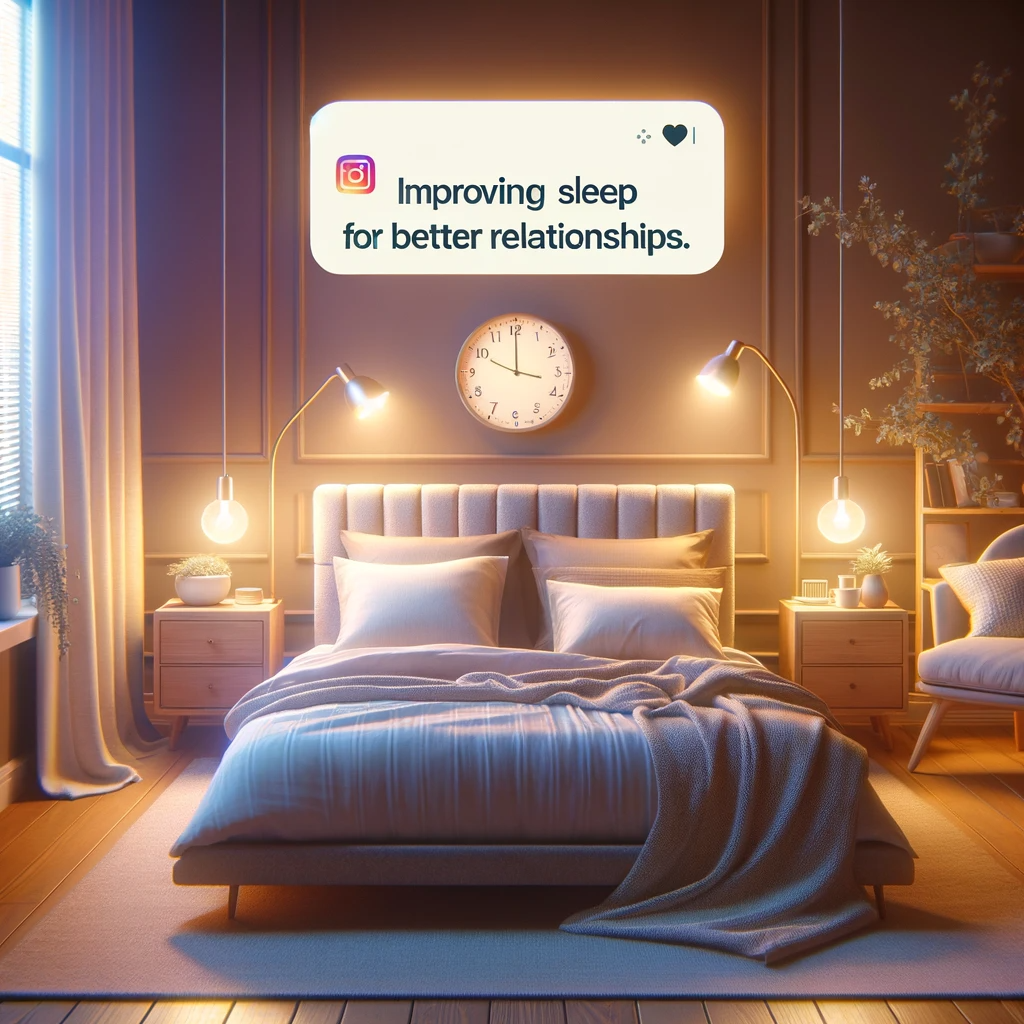Taking Steps to Connect Is All About Accepting Fear
I recently came across a request from a journalist who was asking for ways that people can be “fearless” when trying to connect or make changes in their lives. It’s understandable to want to erase fear from your life when stepping into new situations. Whether it’s saying something that you haven’t said before, or trying something new, it’s impossible to do this without fear. In other words, these experiences are all about feeling some level of anxiety, rather than none at all.
Fear is uncomfortable, but it plays a vital role in our lives. It signals to us when we are entering into a place that can cause us harm. We need these signals to protect us, help us draw boundaries, and stay safe.
Emotional harm is a real thing. For many of us, it’s a real threat. Sure, our actual physical safety isn’t at risk. That doesn’t mean that emotional pain is insignificant. By the time we become adults, we have already tried out many things. We’ve tried out many different types of experiences and social engagement. Some of it has worked, while other things haven’t worked at all.
We take those losses and build lessons around them. Many times, we can tell ourselves, “I’m not going to make that mistake ever again.” We learn that safety is about staying out of that arena, and sticking closely to the rules that you’ve learned.
On the other hand, connection is all about accepting that you might not be able to stay safe. Chronic safety means that you’re not taking chances. You can’t head into new types of expression, without taking chances. This means that the experiences that you’ll share with others in your life will remain pretty limited. And you likely know the risks that go along with taking such chances. Shame, teasing, and criticism can all come with taking social risks, opening up, and sharing.
Failure is a hard, but beautiful thing
When you want to connect, you know that you can fail. Unfortunately, this can keep you from trying. But without trying, you won’t let other people know the things that you want to share with them. You also won’t know how other people feel in return. This can set up loneliness and isolation, even when others are around.
This is why you have to accept your sense of fear. That sense is telling you, “don’t ever screw up.” I stress one important fact. If you try, you will at some point screw up. You will try things and find out that they don’t work. But you won’t know what doesn’t work, unless you try.
You’ll also enjoy successes. When things work out well, you’ll be able to experience a level of connection that you haven’t before. This is the reward. And you have to remind yourself that you’re walking into vulnerable territory because you value connection.
Because you don’t know the outcome, you’ll have to walk into this territory with a level of uncertainty. This doesn’t mean that you can work to prepare for some potential risks. This can help you identify what scares you most and why. Understanding yourself, and why







